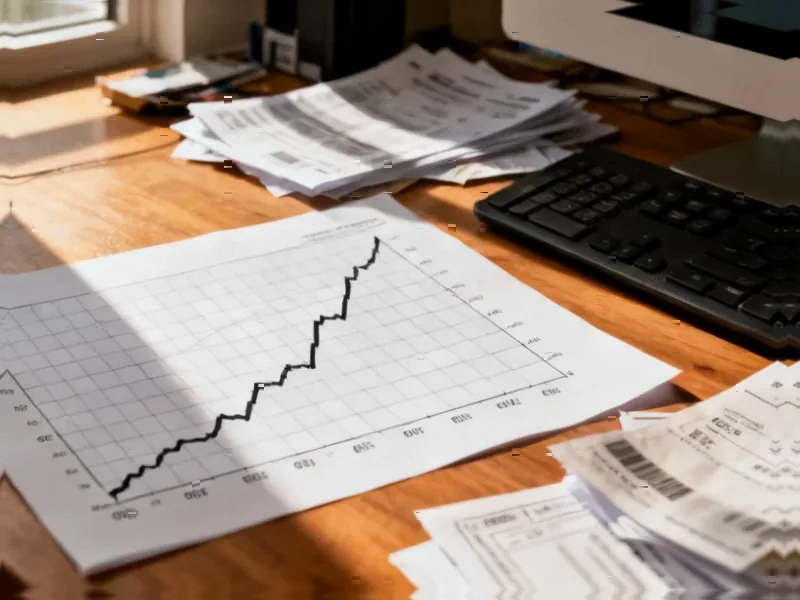According to Bloomberg Business, financial markets are obsessed with AI while the broader public is increasingly aware of its potential impact on jobs and wages, yet the Federal Reserve has barely registered concern about these developments. This isn’t because Fed policymakers think AI doesn’t matter, but because they have no idea how its potentially vast repercussions will play out and lack adequate tools for shaping the outcome. During last week’s press conference following the Fed’s latest policy announcement, Chair Jerome Powell acknowledged that a significant number of companies “are either announcing that they are not going to be doing much hiring, or actually doing layoffs, and much of the time they’re talking about AI and what it can do,” adding that the Fed is “watching that very carefully.” This admission came as Amazon cut thousands of corporate positions and Nvidia’s market capitalization climbed to $5 trillion, highlighting the stark contrast between market enthusiasm and employment realities. The Fed’s current wait-and-see approach reflects a fundamental uncertainty about how to manage AI’s economic disruption.
The Dangers of Policy Paralysis
The Federal Reserve’s hesitation to develop a framework for understanding AI’s economic impact creates significant risks for businesses and workers alike. When central bankers lack the tools to measure technological disruption, they’re essentially flying blind on monetary policy decisions that affect everything from interest rates to employment targets. The recent FOMC press conference reveals a troubling gap between what companies are reporting about AI-driven workforce changes and what policymakers can quantify. This isn’t just an academic concern—it means the Fed could be making interest rate decisions based on economic models that don’t account for the structural changes AI is already creating in labor markets and productivity measurements.
The Growing Market-Policy Disconnect
While Nvidia’s $5 trillion market cap signals investor confidence in AI’s transformative potential, the Fed’s cautious stance suggests policymakers see more uncertainty than opportunity. This disconnect creates a dangerous feedback loop where market valuations race ahead of economic fundamentals, potentially creating asset bubbles that the Fed lacks the insight to properly identify or address. Companies announcing AI-driven layoffs while simultaneously investing heavily in AI infrastructure represent a fundamental shift in how businesses allocate capital—a shift that traditional economic indicators may not capture effectively. The result is a monetary policy environment that’s increasingly disconnected from the real economy that AI is reshaping.
Why the Fed Needs AI Expertise Now
The Federal Reserve’s traditional economic models were built for a different era, and their inability to quantify AI’s impact represents a systemic vulnerability. Central banks need to develop new measurement tools specifically designed to track AI adoption rates, productivity impacts, and employment effects across different sectors. More importantly, they need to establish frameworks for distinguishing between temporary disruption and permanent structural change. The current approach of “watching carefully” while companies make workforce decisions based on AI capabilities leaves workers and businesses navigating uncertainty without clear policy guidance. As AI adoption accelerates, this knowledge gap could lead to policy mistakes with consequences lasting years or even decades.
Broader Economic Implications
The Fed’s AI blind spot affects more than just interest rate policy—it impacts everything from workforce development programs to regional economic planning. If central bankers can’t accurately measure how AI is changing productivity patterns, they can’t provide useful guidance to other policymakers or the public. This uncertainty creates a chilling effect on business investment decisions and could slow the very innovation that drives economic growth. The solution requires more than just better data collection—it demands a fundamental rethinking of how we measure economic health in an age of rapid technological transformation. Until the Fed develops this capability, we’re all navigating the AI revolution without a reliable compass.




